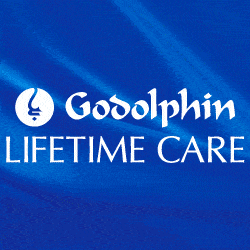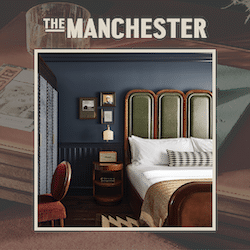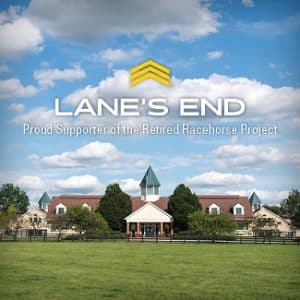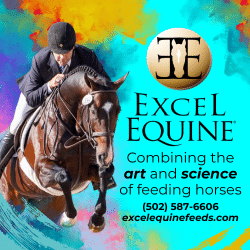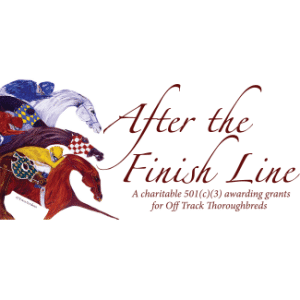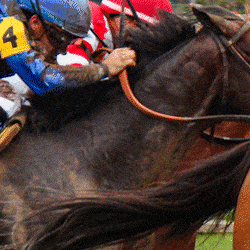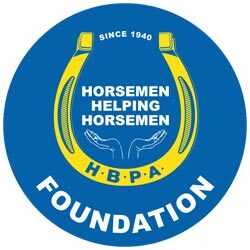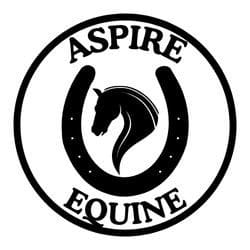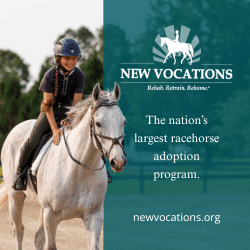With the right training and guidance, an off-track Thoroughbred can be a great youth horse — and a great investment.
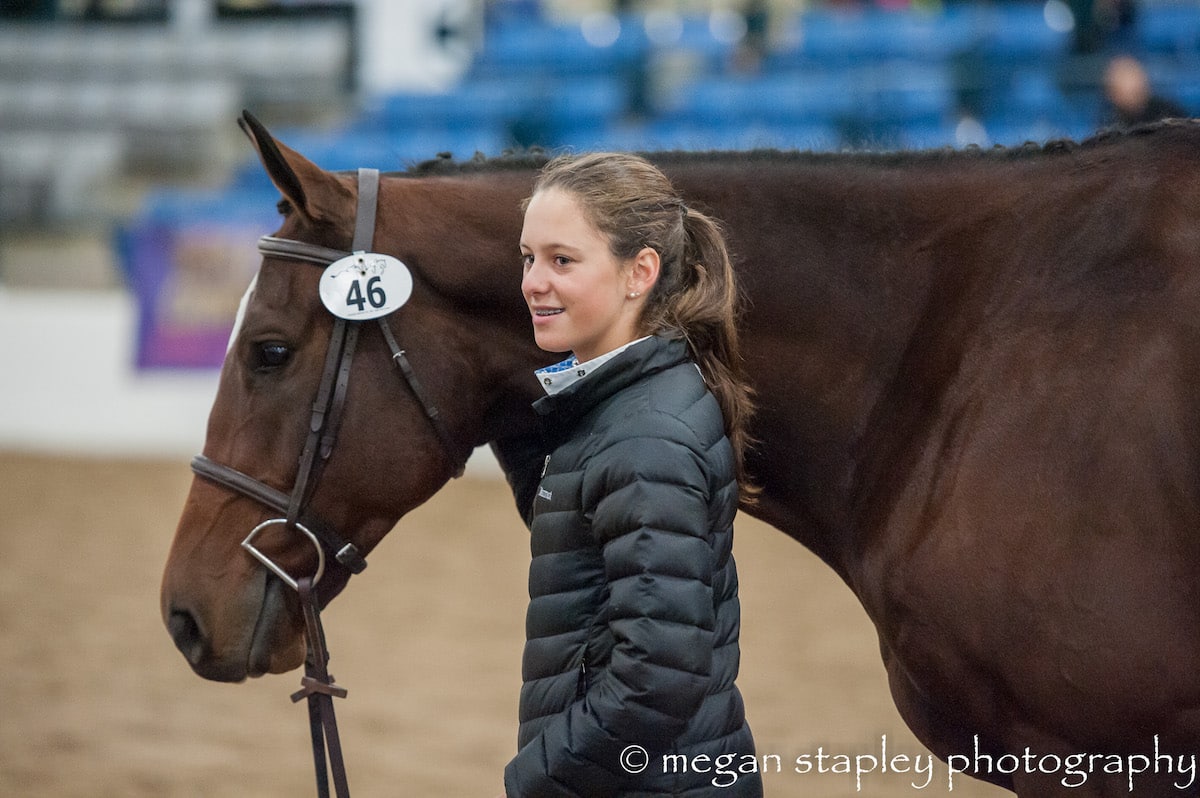
At 14, Isabela de Sousa was one of the youngest trainers at the 2015 Thoroughbred Makeover, winning the Show Jumper division with Dewey Square (pictured). Courtesy Megan Stapley Photography
“We’d like to get our daughter a Thoroughbred,” a parent says to a trainer at an aftercare facility. Translation? “We’ve heard off-track Thoroughbreds are less expensive than made horses.”
They’re right. But whether an off-track Thoroughbred (OTTB) is the best choice for their daughter is another question.
Cheryl Keller, owner of Bowcrest Farms, in Hummelstown, Pennsylvania, says most horses right off the track aren’t suitable to be adopted directly to a beginner or intermediate child. Green horses need experienced riders who have the help of a trainer. Keller runs the Pennsylvania center for New Vocations Racehorse Adoption Program, taking horses off the track and training them for second careers.
“I love the Thoroughbreds,” Cheryl says. “They are easily trained, responsive, sensitive and they love routine. They get a bad rap for being ‘hot,’ but not all are. Some are puppy-dog types. But they’ve all been bred to be athletes — to be winners — so that breeding sticks with them.
“Thoroughbreds are versatile, so their popularity is growing in most disciplines,” she continues. “Not every off-track horse is going to be suitable for a child rider — even with good training help. I let the horse tell me what job he likes, how he moves, how he wants to go. That’s important to determine before you start matching him up with a rider.”
But Keller is an advocate for young riders, too. She gives riding lessons and coaches hunt seat for middle school and high school International Equestrian Association teams, and with her help, her 13-year-old daughter trained a Thoroughbred for the Retired Racehorse Project’s first Thoroughbred Makeover in 2013. So Keller is in a position to see both sides of the story.
“Safety is really important. If a young or inexperienced child is interested, I suggest they take lessons,” she says. “They build up to riding our ‘Steady Eddies,’ our school Thoroughbreds, who have been off the track for many years. As the child moves up, it’s easier to transition to a Thoroughbred they may want to compete on.”
Sarah Busbice, president of Friends of Ferdinand, in Central Indiana, thinks along the same lines. “I’m open to a young rider adopting a Thoroughbred, but I insist he or she has an established relationship with a trainer. I want to set up the horse and rider for success. Otherwise, the horse (and child) have a bad experience, and the horse ends up back here for retraining and rehoming. But instead of just being green, he has a difficult experience to work through.”
Busbice sees interest in Thoroughbreds as coming from the popularity of the Retired Racehorse Project, and while that’s an exciting development, there’s a potential downside, too. “Parents often think their child has experience or talent, but the kids may not be ready for a green horse. Though with enough patience and the right help, a young person can do a great job with these horses.”
The Right Training is Key
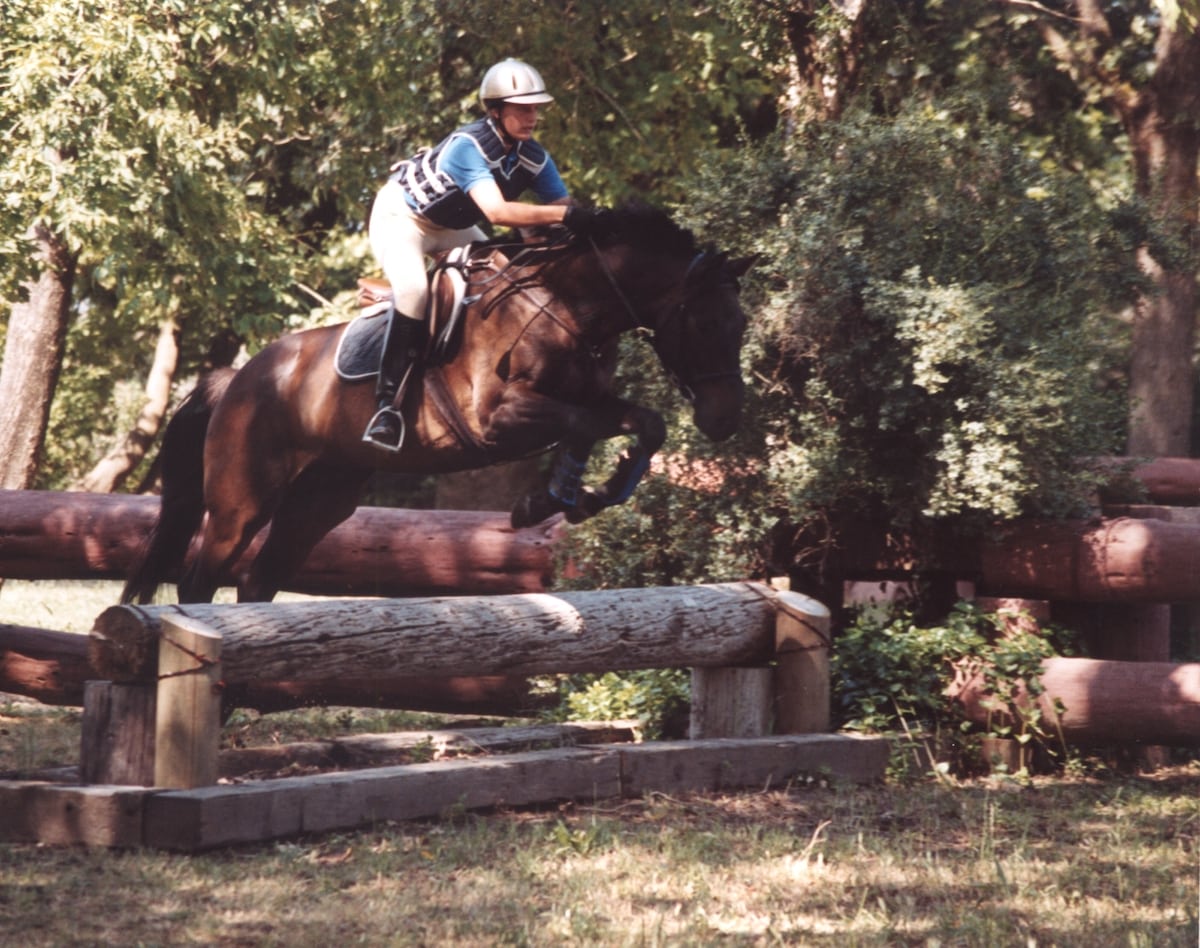
Molly Jehlik (now Adams) piloted her OTTB Sudden Seeker in Pony Club events. The gelding, now 24, is retired at her parents’ farm near Lexington, Kentucky, where her mom, Connie, serves as director of Instruction Services for U.S. Pony Clubs. Courtesy Connie Jehlik
Tryon, North Carolina-based eventing trainer Eric Dierks, himself the winner of the 2012 Retired Racehorse Project’s 100-Day Thoroughbred Trainer Challenge, couldn’t be more positive about young people riding OTTBs.
“A cool thing happens when a young person adopts an off-track Thoroughbred,” he says. “They learn it’s not about getting into the shows as fast as they can. I tell them I’ve had lots of experience with Thoroughbreds, and it generally takes me a year to transition a horse from the track to the show ring. So that takes the pressure off. The child learns so much more horsemanship and develops a real partnership that’s not just about performance. The horse relaxes, they start to trust each other and the magic happens.”
Dierks agrees that the first draw is finances. An OTTB is generally more affordable than a made horse. “When a rider and her parents come to look at a horse I have for sale, I tell them right off this is not an immediate show horse,” he explains. “An off-track Thoroughbred is a long-term investment that pays dividends way beyond the ribbons. You’re making an investment in the journey of bringing a horse along, not just in the outcome.”
Yet unlike the trainers who say categorically that a horse right off the track isn’t suitable for a young person, Dierks says the right horse, the right kid and the right trainer can be a winning combination. Some horses that have had good foundation training come off the track ready for their new jobs. And in many cases, horses that have been in work with a trainer or at an aftercare facility are the best choices. Most farms and organizations do a great job vetting the horse and teaching basics, he says, but if the horse was rushed to get ready for resale, the new owner might have some training to undo or might need to give him time off. Dierks describes a 15-year-old girl who recently came to look at a horse he had for sale. A Pony Clubber, she was interested in show jumping but didn’t have the big bucks to buy a made horse. She was a talented rider, and Dierks explained that while this off-track Thoroughbred had show potential, he needed time and work to get there — and someone to believe in him.
“Now instead of just thinking about jumping, she’s having a great time training him to do groundwork, prepare for a dressage rally, and walk confidently into a trailer,” he says. “That horse started out strong, but the transformation has been amazing, and now he takes care of her. It’s humbling to see how these horses give themselves to a rider. What better life lesson would you want a young person to have?”
The Journey Continues
Talk to anyone who works with Thoroughbreds and the words “heart” and “work ethic” inevitably come into the conversation. Thoroughbreds love to have jobs, and they bond easily. As kids are often more intuitive than adults, that can happen quickly.
Connie Jehlik, director of Instruction Services for the United States Pony Clubs, says she’s seen mostly positive experiences with children aspiring to compete on OTTBs, provided the horses and kids get good instruction. While Pony Club doesn’t keep records of what breeds their members ride, most experienced Pony Clubbers report seeing lots of Thoroughbred horses in the ranks and out on the cross-country course.
Jehlik’s opinion stems from her years working with kids and horses doing Horse Management judging (one of the focuses of Pony Club rallies and certifications is a command of horse management skills), then as a District Commissioner (leads the local club), and now working in the national office … but also from her firsthand experience with the breed. “I started in Pony Club when I was 11, and while my first horse wasn’t a Thoroughbred, when I became a ‘C,’ I got an OTTB, and he took me through the ranks,” she explains. Jehlik’s daughter — now in veterinary school — competed on a Thoroughbred, as well, and Jehlik keeps a retired Thoroughbred at home.
So not only do Thoroughbreds show up with kids in the show ring, but long after the ribbons fade and the kids have gone off to school, the beloved youth horse often ends up a pensioner in mom’s backyard. It’s an investment that pays long-term dividends.
This article was originally published in the Spring 2016 issue of Off-Track Thoroughbred Magazine, the only publication dedicated to the Thoroughbred ex-racehorse in second careers. Want four information-packed issues a year delivered to your door or your favorite digital device? Subscribe now!


